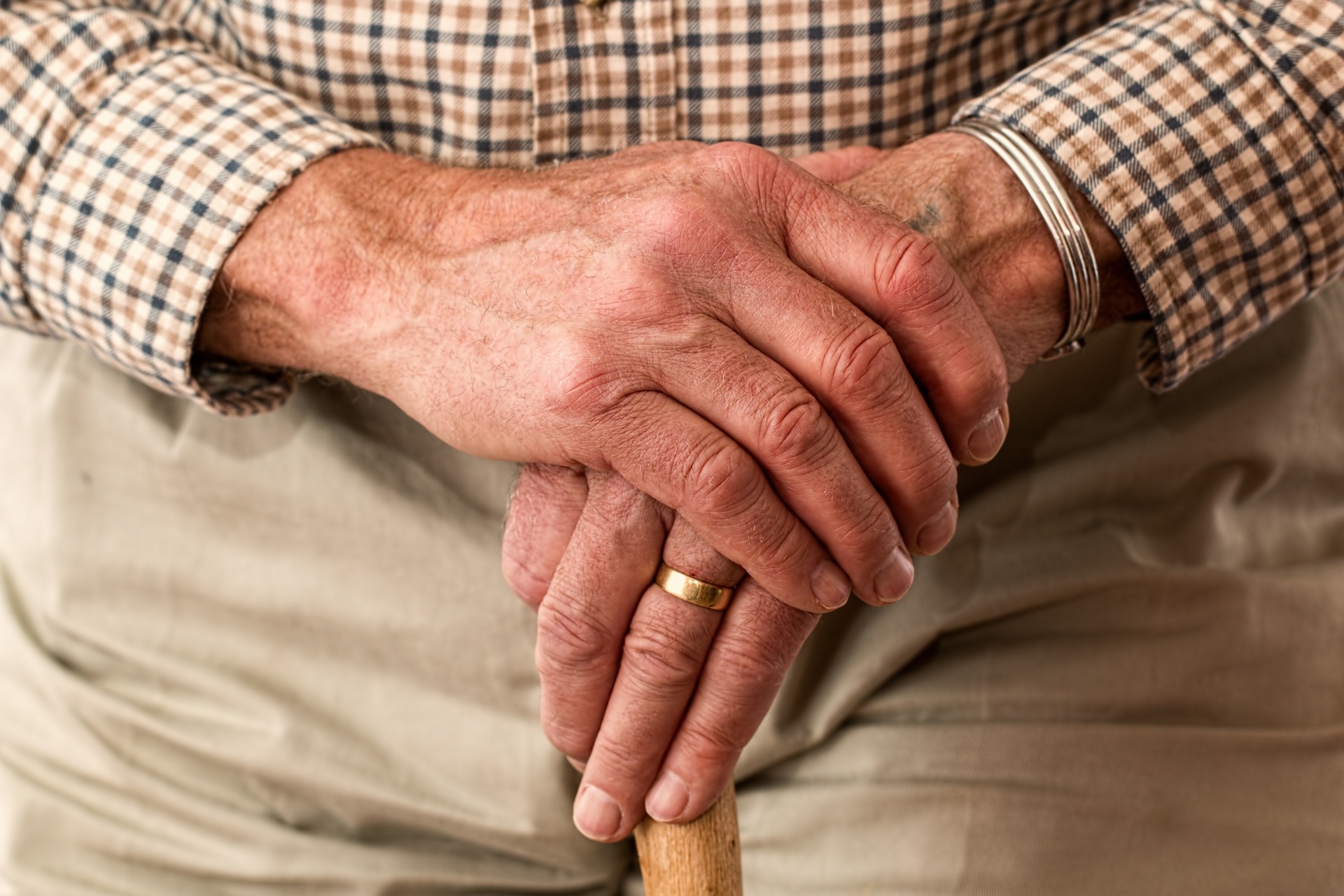The holidays can be a happy time of family gatherings and traditions, but the combination of extended family and friends and cold and flu season can be dangerous for patients who are immunocompromised following recent stem cell transplants to treat blood cancers including multiple myeloma, leukemia, lymphoma, and related disorders.
“When transplant patients leave the hospital, their immune system is immature; they’re like a newborn baby,” says Patricia Byrne, RN, a transplant nurse in Dana-Farber/Brigham and Women’s Cancer Center (DF/BWCC) Adult Stem Cell Transplant Program.

Transplant physicians put restrictions in place to protect patients from infections that can cause serious complications. These restrictions vary by doctor and type of transplant – autologous, using your own stem cells, or allogenic, using cells from a family member, unrelated donor, or umbilical cord blood. For example, allogenic patients often cannot visit others’ homes or public places for several months, while autologous patients usually may visit others within the first 90 days, but must wear masks and gloves and take precaution with foods.
Here are some tips for enjoying the holidays when you have restrictions following a stem cell transplant.
Use technology to connect with family.
Transplant patients have restrictions around the number of people who can visit them at home, and visitors must be healthy and well. This can make visits with children particularly difficult during the holidays, as they are often “healthy carriers” of infections. Use FaceTime or Skype to connect with children or grandchildren, and consider online shopping.
Read More:
- Answers to Common Questions About Stem Cell Transplants
- Stem Cell Transplants Rise Among Older Patients
- How to Prepare Your Home for a Stem Cell Transplant Patient
Take activities outdoors.
“Outdoors is safer than indoors because of the constant air movement,” says Stacey Chuma, RN, who cares for transplant patients at DF/BWCC. “We want patients getting fresh air, exercising, and using their muscles.”
Try caroling with your family or ice skating to get in the holiday spirit, but be careful to avoid hugs and handshakes and check to make sure everyone is feeling well. If the weather is too snowy or icy to walk outside, you can mimic the outdoor environment by walking inside the perimeter of a shopping mall. Be careful to go during off hours, wear gloves and a mask when entering and exiting, and avoid any stores.
Celebrate on your own schedule.
“Most patients want to err on the side of caution,” Byrne says, noting that many decide not to celebrate the holidays as they usually do to avoid unnecessary risks. Consider enjoying the holidays with your family and close friends before your transplant, or have a celebration once your restrictions are lifted. Even autologous patients, who can go to holiday gatherings provided they are masked and gloved, are served first, and avoid leftovers or cleaning, often opt to celebrate only with immediate family.
Make small switches to holiday traditions.
All transplant patients have restrictions against fresh cut flowers and Christmas trees, as well as thin-skinned fruit, salads, and food not prepared in your own kitchen. Replace the traditional tree with an artificial version to avoid the risk of mold, mildew, and fungus, and stick to frozen or pre-packaged versions of your favorite holiday foods, such as pumpkin pie and other desserts. Most holiday foods, such as turkey, are allowed, although cooks should take special care to avoid undercooking, including not cooking stuffing within a turkey.
Although it may look different than previous years, with proper preparation and a little creativity, it is possible to celebrate the holidays following a stem cell transplant. Speak to your care team about how your restrictions, which vary by doctor and transplant, may affect holiday plans, and modifications you can make to enjoy the holidays with your family. Find support and resources through Dana-Farber.
